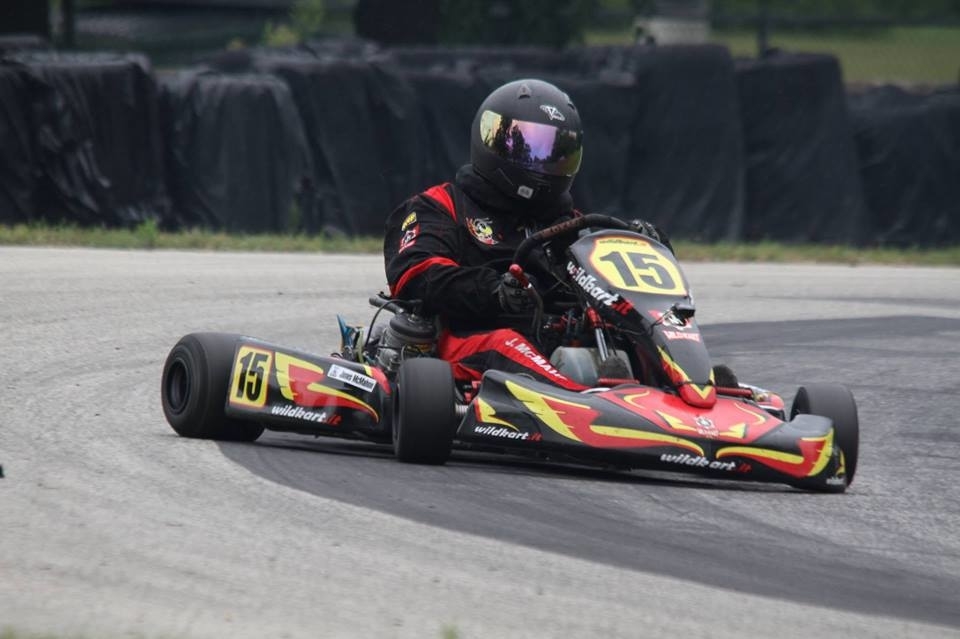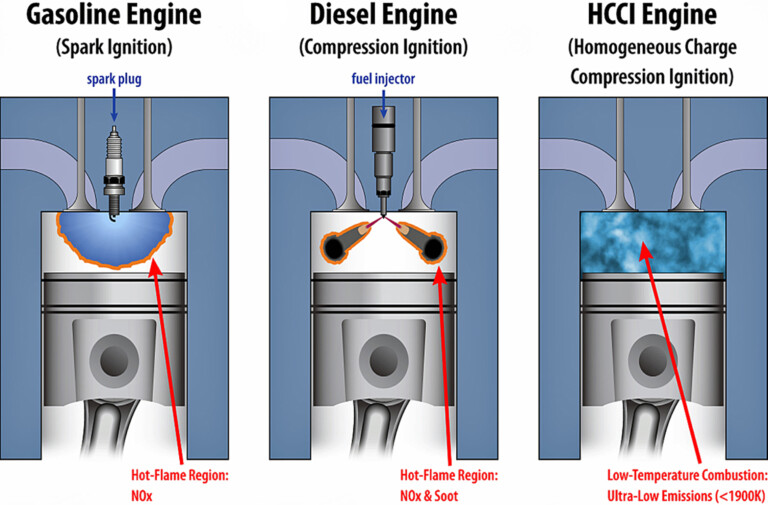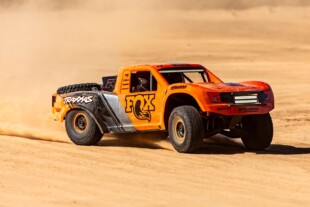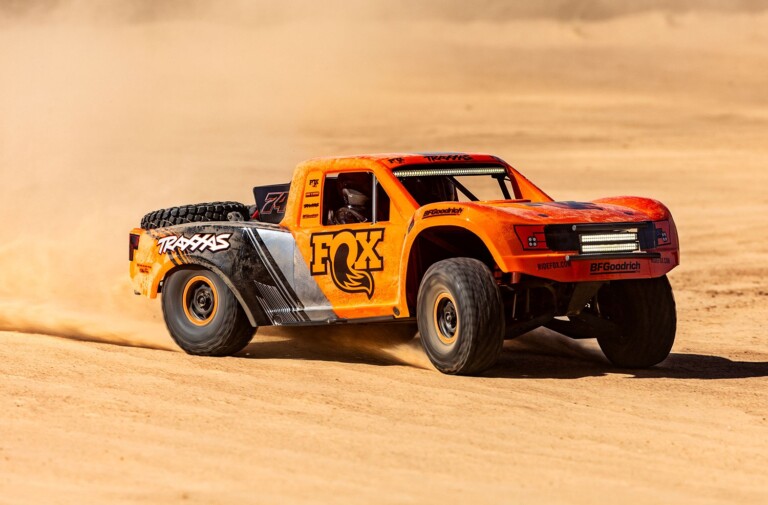Rarely are there bits of footage which demonstrate just how vast the performance chasm is between rain tires and slicks. As the other karters wearing wets sail by effortlessly, KartPulse founder and all-around madman James McMahon has to hunt for grip, drive a little raggedly, and keep the rear of his shifter kart rotating constantly to keep him from colliding with a barrier at 80 miles an hour.
“At that point, I had done 5 or 6 laps total,” begins McMahon, “The idea was to generally get a sense of where the grip was on the track in the wet.” Generally, the grip is just adjacent to the drier line — but not always — and so a little scouting is necessary. “You’ll see all kinds of different lines, throttle applications, brake depth variation and so on,” he adds, implying the act of driving quickly in the rain is somewhat improvisational, and doesn’t rely on any hard and fast rules.
However, one thing to keep in mind is this: the rubber impregnated into the dry line becomes incredibly slippery in the wet, and it becomes easy to lock up or spin the tires so wildly that catching a slide becomes nigh-impossible. Thankfully, McMahon has quick hands and is clearly comfortable with the rear stepping out.
“Sometimes you’ll see me flick the steering wheel to break the rear free when the motor falls off the pipe,” he notes. Keeping the 125cc engine in its narrow rev range requires regular rowing of the gear lever, and is also aided by a little wheelspin. This also helps avoid terminal understeer, and is generally a crowd-pleaser.
The problem is keeping everything together with an on-off power delivery, crossing over dry and wet lines as the kart slides sideways, all while keeping the engine in its powerband. It’s a very busy way to spend an afternoon, and trying to Initial D through a series of wet corners sideways can quickly turn into an agricultural excursion, as we see below:
Karts lack a differential, and use lots of caster to jack the inside rear wheel to turn in. Therefore, “the steering inputs are huge, because the chassis and tires are naturally not setup for the conditions. You have to use excessive amounts of lock to get turned and/or a little brake, then try and hold a bit of an oversteer angle on the way out. Otherwise, severe understeer is about all you’ll get with both wheels firmly planted on the ground,” explains McMahon.
In conclusion, a certain amount of manhandling is needed to force a kart from understeering during the corner entry phase. However, once the driver has changed direction and begins to apply the power, a lot of delicacy and precise countersteering are needed to keep the kart from swapping ends. The window between gripping and spinning is significantly narrowed in the wet. It’s imperative the driver have an innate feeling for how much they can ask of the kart in these treacherous conditions before it decides to bite.






















